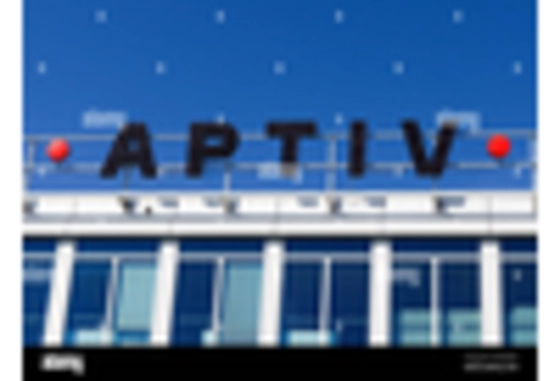Rising Demand for Safety Features
The Automotive Passenger Vehicle Sensor Market is experiencing a notable surge in demand for enhanced safety features. Consumers are increasingly prioritizing safety in their vehicle purchases, leading manufacturers to integrate advanced sensor technologies. This trend is evidenced by the projected growth of the automotive safety market, which is expected to reach USD 60 billion by 2026. Sensors such as collision detection, lane departure warning, and adaptive cruise control are becoming standard in new models. This shift not only enhances driver and passenger safety but also aligns with regulatory pressures for improved vehicle safety standards. As a result, the Automotive Passenger Vehicle Sensor Market is likely to expand significantly, driven by the necessity for innovative safety solutions.
Regulatory Compliance and Standards
Regulatory compliance is a critical driver for the Automotive Passenger Vehicle Sensor Market. Governments worldwide are implementing stringent regulations aimed at enhancing vehicle safety and reducing emissions. For instance, the European Union has mandated that all new vehicles must be equipped with advanced safety features by 2022. Such regulations compel manufacturers to invest in sensor technologies that meet these standards, thereby driving market growth. The Automotive Passenger Vehicle Sensor Market is likely to benefit from these regulatory frameworks, as they create a structured environment for innovation and development. Compliance not only ensures safety but also fosters consumer trust, which is essential for market expansion.
Consumer Preference for Connected Vehicles
Consumer preference for connected vehicles is reshaping the Automotive Passenger Vehicle Sensor Market. As technology becomes more integrated into daily life, drivers are increasingly seeking vehicles that offer connectivity features such as real-time navigation, vehicle diagnostics, and remote access. The market for connected car technologies is projected to reach USD 220 billion by 2025, highlighting the growing consumer interest in these features. Sensors play a pivotal role in enabling connectivity, facilitating communication between vehicles and infrastructure. This trend suggests that the Automotive Passenger Vehicle Sensor Market will continue to evolve, driven by the need for enhanced connectivity and the integration of Internet of Things (IoT) technologies in passenger vehicles.
Increasing Popularity of Autonomous Vehicles
The increasing popularity of autonomous vehicles is significantly influencing the Automotive Passenger Vehicle Sensor Market. As manufacturers invest heavily in self-driving technology, the demand for sophisticated sensors is escalating. Autonomous vehicles rely on a complex array of sensors to navigate and make real-time decisions, including cameras, ultrasonic sensors, and radar systems. The market for autonomous vehicle sensors is expected to grow substantially, with estimates suggesting a valuation of USD 30 billion by 2030. This trend indicates a paradigm shift in the automotive industry, where the integration of advanced sensor technologies is not just beneficial but essential for the development of fully autonomous vehicles. The Automotive Passenger Vehicle Sensor Market is poised for transformative growth as it aligns with this trend.
Technological Advancements in Sensor Technology
Technological advancements are propelling the Automotive Passenger Vehicle Sensor Market forward. Innovations in sensor technology, including LiDAR, radar, and camera systems, are enhancing vehicle capabilities. These advancements enable features such as automated parking, pedestrian detection, and real-time traffic monitoring. The market for automotive sensors is projected to grow at a compound annual growth rate (CAGR) of approximately 10% through 2027, reflecting the increasing integration of these technologies in passenger vehicles. As manufacturers strive to differentiate their offerings, the incorporation of cutting-edge sensor technologies is becoming a key competitive advantage. This trend suggests a robust future for the Automotive Passenger Vehicle Sensor Market as it adapts to evolving consumer expectations and technological possibilities.

















Leave a Comment